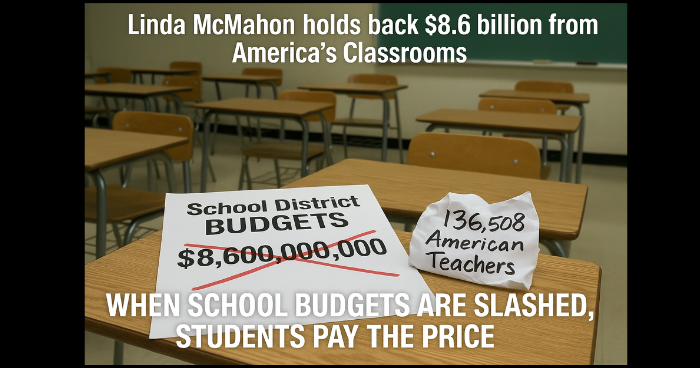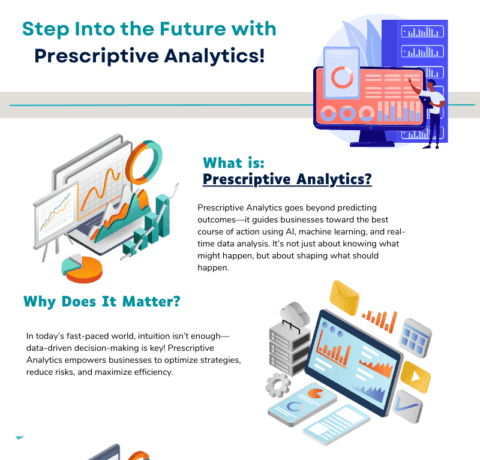This article appeared in The Dallas Weekly.
The Charter Trap: How Texas’s Approval System Fuels Inequity in Public Education
This feature investigates how Texas’s charter school approval system — combined with growing voucher programs — is reshaping public education funding, access, and accountability. Drawing on insights from State Board of Education Member Dr. Tiffany Clark, the piece explores how state policies are accelerating the growth of charter schools while defunding traditional public districts, particularly those serving Black and Latino students. It highlights the unequal standards between public and charter schools, the impact of school closures, and the erosion of community voice in education policy. As public schools work to innovate under pressure, the state continues to shift resources toward less regulated alternatives — raising urgent questions about equity, transparency, and the future of public education in Texas.
In Texas, the promise of school choice has become a defining feature of the state’s education strategy. Charter schools are marketed as innovative alternatives to traditional public schools, especially in districts that serve predominantly Black and Latino students. But the way these charters are approved, and who ultimately benefits, reveals a system riddled with disparities.
Every year, the Texas Education Agency (TEA) reviews applications from prospective charter school operators. Those that make it through the cumbersome process are recommended to the State Board of Education (SBOE), which votes to approve or deny the applications. While this process is meant to support innovation and improve outcomes, the evidence suggests that it is doing the opposite in many communities.
We are approving the same systems that have failed our students over and over again. DR. TIFFANY CLARK, SBOE MEMBER DISTRICT 13
One of the clearest voices highlighting these disparities is State Board of Education member Dr. Tiffany Clark, representing District 13, which includes parts of Dallas and Tarrant counties. Earlier this month, Dr. Clark released a public letter explaining her decision to vote against two new charter proposals in her district. In her letter, she pointed to the approval of charter schools with ties to historically underperforming models, often led by alumni of the same charter incubator programs, such as Building Excellent Schools (BES).
In an interview with Dallas Weekly, Dr. Clark described how charter applicants are not required to have experience as superintendents or demonstrate a successful track record with similar student populations. “You don’t need to be a certified superintendent to apply,” she said. “You just need a compelling idea. There’s no pilot requirement. The model hasn’t had to prove itself in Texas or in similar communities.”
Her concerns are not isolated. They point to broader issues in the state’s charter school authorization process, particularly regarding performance, equity, and accountability. According to the Texas AFT, charter schools in Texas have a 30-34% closure rate. Worse, most of these closures occur within five years of opening. Some have even closed during the school year, leaving parents and students scrambling to find new options.
A Troubling Track Record
Of the 21 charter schools approved between 2016 and 2021, 17 received D or F accountability ratings by 2023. Many of these schools were launched by leaders trained through the same national pipelines, like the Building Excellent Schools (BES) program, that continue to produce new charter applicants in Texas, often with limited changes to their model.

Despite this underperformance, state approval rates remain high. In many cases, new charter proposals are approved without substantial evidence that the academic model works or that the leadership team has the experience to run a successful school.
Financial Fallout for Public Schools
The impact on traditional school districts is severe. Fort Worth ISD, for example, has lost more than $635 million in state funding and over 20% of its student population in the past five years. Dallas ISD has experienced an even greater loss of revenue (approximately $1.7 billion) over the same period. This decline is directly linked to students transferring to charter schools. The result: public school closures, staffing reductions, and diminished services for the students who remain.

Chart from Fiscal Impact of Charter Expansion DALLAS ISD
When a neighborhood school closes, it often creates more barriers for families rather than expanding their choices. Many charter schools do not provide transportation, leaving parents, especially those working multiple jobs, with limited options. The vision of equitable access is undermined when choice is only accessible to families with time, resources, or flexibility.
The situation is further complicated by the state’s growing push for private school vouchers. These programs allow families to use public funds for private tuition, even though private schools are not required to accept all students, provide transportation, or meet the same accountability standards as public schools. For districts already losing enrollment to charters, the addition of vouchers creates yet another drain on funding, with even fewer protections for equity or transparency. It adds another layer to a system in which public schools, especially those in historically under-resourced communities, are expected to serve every child, but are continually shortchanged by state policy.
Two Systems, Two Standards
As Texas accelerates its charter school approvals, public schools, especially in urban districts like Dallas ISD and Fort Worth ISD, are being forced to do more with less. While many of these districts have launched dual-language academies, early college programs, STEM pathways, and arts-focused schools to meet family demand, they continue to face declining enrollment and shrinking budgets as students are siphoned off by charters. This drain leads to real-world consequences: campus closures, longer commutes for families, and a loss of critical resources, particularly for students with disabilities, English learners, and low-income communities.
Charters, by contrast, are not held to the same accountability standards. In fact, more charter schools have their operating licenses revoked than the number approved each year. But until then, they can cap enrollment, lack transportation, and often underserve or under-identify special education students, yet they receive public funding with fewer regulatory obligations. Public schools must serve every student who walks through their doors. Charters do not. And as the state continues to invest in new charters while underfunding existing public systems, it is creating two separate and unequal school systems, one with oversight, obligation, and community accountability, and one without.
Approval Without Accountability
Charter schools in Texas operate with significantly fewer accountability measures than their public counterparts. Their boards are not elected. Their meetings are not required to be public. They can expand without reapplying or justifying need. If a campus underperforms, it can take up to three years before the state considers intervention, and even then, it’s typically the individual campus that’s closed, not the entire charter network.
Moreover, schools labeled as “high-performing entities” in other states are often allowed to skip critical parts of the approval process, such as interviews or community review. But success in Florida or Arizona doesn’t guarantee results in Fort Worth or Dallas. Without a clear performance baseline or pilot requirement, the state risks importing models that are unfit for the local context.
A Call for Systemic Change
Dr. Clark advocates for more rigorous standards in charter school approvals, including requiring pilot programs, stronger oversight of operator qualifications, and elevating community input through impact statements.
She also emphasized the importance of transparency around which charter entities are being approved and why. “We can’t keep approving ideas. We need to approve proven solutions, especially when our most vulnerable students are involved,” she said.
Her perspective underscores the need for the SBOE and TEA to be more deliberate in assessing not only whether a proposed school is innovative, but whether it is likely to succeed where others have failed.
We can’t keep approving ideas. We need to approve proven solutions, especially when our most vulnerable students are involved.
According to Dr. Clark, Texas’s current charter approval system claims to promote equity and access, but its structure too often reinforces the opposite. Without stronger performance standards, leadership requirements, and accountability mechanisms, the state risks continuing to approve underperforming schools at the expense of public education.
Community voices, particularly in Black and Latino neighborhoods, deserve to be at the center of education policy decisions, not on the sidelines. If school choice is to be more than a slogan, it must come with real transparency, proven outcomes, and respect for the public systems already serving our children.
Meanwhile, public schools across Texas are already evolving, expanding STEM tracks, dual-language programs, and career pathways to meet diverse student needs. Yet instead of supporting these systems, the state continues to siphon funding away and invest in charter operators with unproven records. The result is a two-tiered system where innovation is rewarded only when it comes from outside the public sector.
Until that changes, students of color will continue to bear the weight of a policy agenda that undercuts the very schools built to serve them.

















